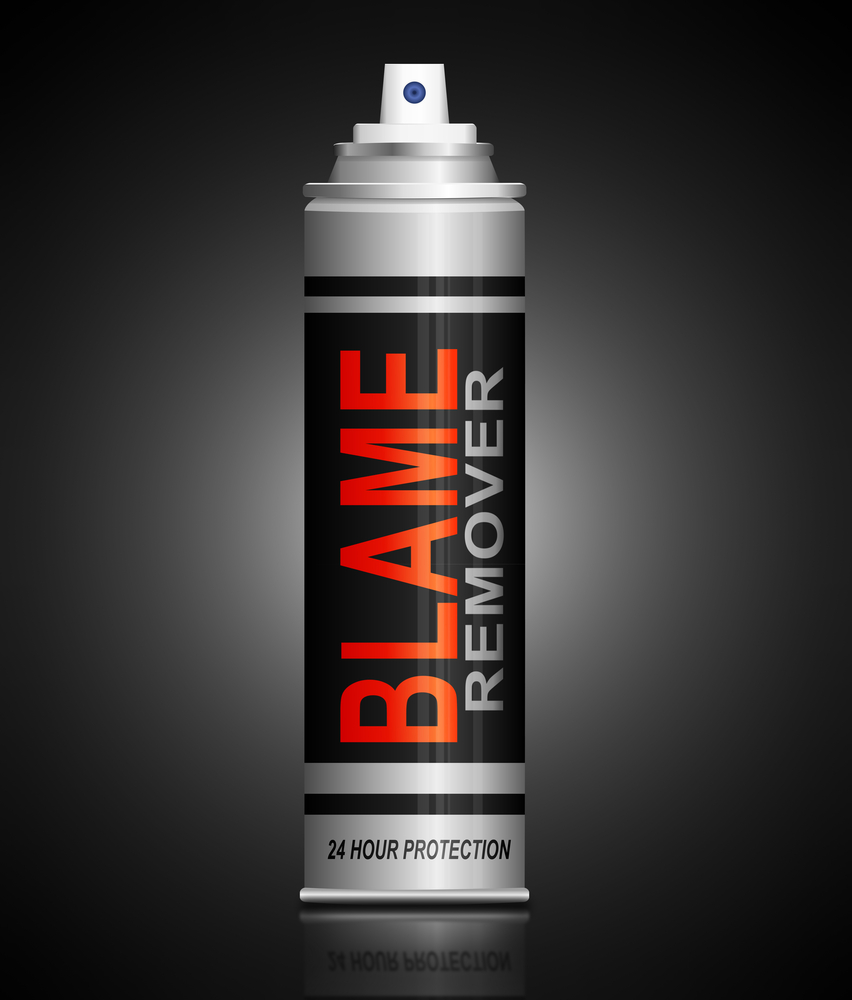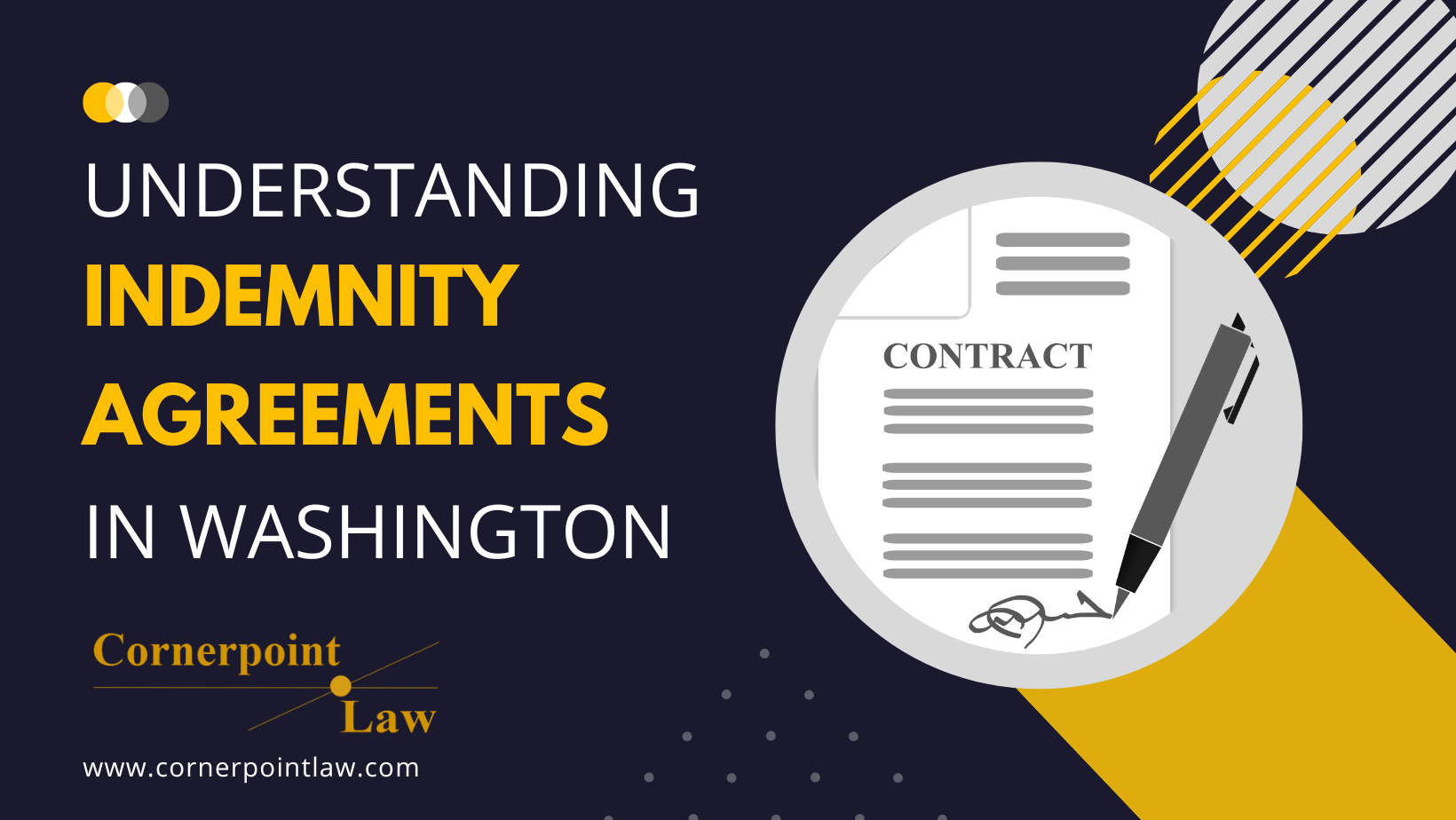Strict Liability for Timber Trespass – A Cornerpoint Case Pop
October 31, 2019
Unauthorized use and/or duplication of blogposts without express and written permission is strictly prohibited. Excerpts and links may be used, provided that full and clear credit is given, and with appropriate and specific direction to the original content.
The author of this post can be reached by phone at 206-693-2718 or by email.
Someone Cut My Tree!
By Stacia Hofmann
Cornerpoint Case Pops are dedicated to summarizing relevant, new cases — and their lessons — in bite-size posts.
In September 2016, I wrote a blogpost that described the unusual legal repercussions arising out of Washington’s timber trespass statutes, RCW 64.12.030 and 040. In that post, I summarized a then-new Washington Supreme Court case, Pendergrast v. Matichuk, which conclusively put to rest any arguments over how to calculate a property owner’s emotional distress damages resulting from the unauthorized removal of, topping of, cutting of, or other damage to a tree or shrub. The Pendergrast court determined that not only may the property owner recover three times the value of the tree, but also three times the value of the emotional distress damages. If the liable party could show that the timber trespass was casual or involuntary, or that they had probable cause to believe the trees were their own, then the value of the tree and the emotional distress damages are not multiplied by three.
In September 2019, the Washington Supreme Court issued another important timber trespass opinion. This time, the court classified timber trespass as a strict liability tort, which in and of itself is consequential. Not only that, but because timber trespass is now subject to the state tort reform act, there is also clear direction on how liability and damages are determined when there are multiple defendants. Considering that felling a tree is generally reserved for an expert, like a tree service or arborist, severe timber trespass claims usually involve multiple actors.
The Case: Porter v. Kirkendoll, Washington Supreme Court, No. 96214-6 (September 26, 2019)
Case Background

The plaintiffs (Porter and Zimmer) and the defendants (the Kirkendolls) were neighboring property owners of timberland. At the request of the Kirkendolls, loggers harvested the Kirkendolls’ trees. Mr. Kirkendoll provided the loggers with the incorrect boundary line, resulting in the loggers also cutting down 51 of Porter and Zimmer’s Douglas fir trees.
Porter and Zimmer initially sued not only the Kirkendolls, but also the loggers who performed the work. The loggers responded by suing (“cross-claiming”) against the Kirkendolls. The loggers settled with Porter and Zimmer, leaving the Kirkendolls in the case.1 Following this settlement, both sets of neighbors filed various motions, eventually leading to appeals to the Washington Supreme Court. Below I cover three of the key takeaways from the court’s decision: (1) timber trespass is a strict liability tort; (2) strict liability rests not only with those who physically trespass against trees, but also with those who direct it; and (3) when multiple parties are responsible for timber trespass, liability and damages may be divvied up between them.
Timber Trespass Is a Strict Liability Tort
There are three main types of torts: intentional torts (from intentional conduct), negligence (no intent required, but a failure to reasonable care is), and strict liability torts.
I’ve previously discussed strict liability torts in posts about dog bites and product liability. Let’s revisit.
Strict liability focuses on the event, not the actor. A dog owner is strictly liable for a dog bite in Washington – not because of the owner’s failure to act reasonably, but because there is a dog bite. A manufacturer is strictly liable for a product defect – not because of the manufacturer’s failure to act reasonably, but because there is an unsafe product. In both instances, the dog owner and the manufacturer may have also acted carelessly, but that is not the basis for strict liability.

Now, for the first time, there is definitive law in Washington that timber trespass is a strict liability tort, eliminating the frequent argument that timber trespass is an intentional tort. Timber trespass exists even if the actor did not intend to cause damage. Timber trespass exists even if the actor acted reasonably and with due care. Timber trespass liability simply requires that the event – the actor cut down or otherwise damaged a tree or shrub on someone else’s land – actually occurred. As the court explained, even a driver who suffers an unanticipated stroke, crashes his vehicle, and injures trees in the process is liable to the property owner for timber trespass. The court stated that “liability under the timber trespass statute imposes a duty to compensate all harms proximately caused by acts that injure trees – regardless of proof of negligence or intent to do harm.”
It is important to keep in mind that strict liability does not mean absolute liability. There may still be plausible defenses. It does, however, reduce the number of points (known in legalese as “elements”) that a plaintiff has to prove.
A Party Directing the Removal of Trees Is Also Strictly (and Directly) Liable
The Porter court confirmed that a party who orders unauthorized tree removal or trimming, but does not physically labor on the trees, faces direct (separate and independent) strict liability. So, because Kirkendoll gave the orders to the loggers to cut the trees, he was subject to strict liability — even if the loggers settled and even though Kirkendoll did not physically come into contact with the trees himself.
When Multiple Parties Are Liable for Timber Trespass, Fault Is Apportioned Among Them
So then what happens if multiple parties are liable for timber trespass, as in the case with the Kirkendolls and the loggers?

Because the Porter court determined that timber trespass is a strict liability tort and not an intentional tort, Washington’s tort reform act, RCW Ch. 4.22, applies. And because the tort reform act applies:
(1) Fault between the liable parties may be apportioned between them based on percentages (out of a 100% “pie” or “bucket”), and each liable party is expected to pay their corresponding percentage of the total damages;
(2) But the property owner who has been harmed may be able to collect the entire judgment (and the total damages) from any one liable party under a theory called joint and several liability; and
(3) A liable party who pays the property owner (either in a settlement or to satisfy a judgment) may be able to collect, via a right of contribution, funds from other liable parties.2
Key Takeaways

The Porter case is an important proclamation from the Washington Supreme Court about timber trespass liability. By confirming that timber trespass is a strict liability tort, the court removed any argument that a property owner has to prove intention or carelessness when their trees have been impermissibly removed or damaged. Instead, the mere fact that the event occurred gives rise to liability.
Furthermore, the court’s verification that ordering the removal or trimming of trees is grounds for direct timber trespass liability, and its conclusion that the state’s tort reform act applies to timber trespass, should provide some certainty about allocating liability, and thus damages, in cases where a tree service was used to remove or cut trees.
The unique peculiarities of the timber trespass statutes – strict liability, treble (3x) damages, and emotional distress for property damage – can be difficult to navigate. If your trees have been damaged or cut, or claims have been made against you for timber trespass, please email or call me to see if Cornerpoint can help.
This blog is for informational purposes only and is not guaranteed to be correct, complete, or current. The statements on this blog are not intended to be legal advice, should not be relied upon as legal advice, and do not create an attorney-client relationship. If you have a legal question, have filed or are considering filing a lawsuit, have been sued, or have been charged with a crime, you should consult an attorney. Furthermore, statements within original blogpost articles constitute Stacia Hofmann’s opinion, and should not be construed as the opinion of any other person. Judges and other attorneys may disagree with her opinion, and laws change frequently. Neither Stacia Hofmann nor Cornerpoint Law is responsible for the content of any comments posted by visitors. Responsibility for the content of comments belongs to the commenter alone.





This Cornerpoint Law case highlights the importance of strict liability in timber trespass, holding wrongdoers accountable for their actions. The legal insights provided are valuable for both property owners and environmental advocates. Understanding these principles can help foster responsible land use practices. Kudos to Cornerpoint Law for shedding light on this crucial aspect of litigation.